One of the games I got a look at while attending this year’s E3 was an upcoming narrative-driven adventure game called State of Mind by indie developer Daedalic. The game takes place in the not too distant future of 2048, in an era where technology has completely taken over the world in ways predicted by modern transhumanists.
The transhumanist philosophy, at its simplest, is one that believes that technology will soon surpass humanity, artificial intelligence will come to rule the world and humans will meld with technology physically and mentally through the event commonly referred to as The Singularity. State of Mind takes place in a time when all of this has started to fully take place. It has become particularly popular in the world of the game for people to upload their consciousnesses to a utopian virtual world where they can be and do whatever they want while leaving their deteriorating physical bodies behind.
One of the protagonists of State of Mind is a man named Richard, a man of questionable morals who, after an accident causes him to lose many of his memories, discovers that his wife and son are mysteriously missing. Richard investigates the cause of his memory loss and disappearance of his family and how the two may be linked. During the presentation, the developer I spoke with made sure to point out that, unlike many adventure games in this day and age, State of Mind does not feature branching narrative paths, but rather focuses on a single, set story. This is because Daedalic felt that they could provide a higher quality experience setting up one story that they could put everything they had into, rather than dividing their focus across several branching paths.
As the player helps Richard, who is just one of the game’s six playable characters, find the answers to his questions, both the player and Richard will eventually learn that the cause of Richard’s memory loss was an involuntary upload of his consciousness that went wrong. Richard hates where technology is headed and would never willingly upload his consciousness to a virtual world, but in being forced to do so, he has lost the parts of his consciousness that made the transition to the virtual world, while retaining his memories that failed to upload. This leads the player to Adam, another playable character and the manifestation of the bit of Richard’s consciousness that made it to the virtual world. Since Adam only contains a small part of Richard’s consciousness, the rest of his being has been filled in with other, non-Richard details, effectively creating a completely separate being from Richard. Adam not only lives in the utopian virtual world, but in a Truman Show-like fashion, is unaware of the artificial nature of his reality. Things will get interesting when Richard’s investigation eventually leads him to meeting with Adam…
State of Mind’s art style is one that includes purposely low-poly models for characters. However, the graphics don’t look outdated; instead, they just look cool and stylized. There were a number of reasons why Daedalic went for this style. For one thing, as an indie studio, they knew that they couldn’t compete with the increasingly realistic graphics of AAA studios, so they didn’t even want to attempt it. So instead, they went for an art style that they thought would help the game stand out among a plethora of other indie and cyberpunk games. The art style is also supposed to be somewhat symbolic of one of the recurring themes of the game, which is the breaking and fixing of various objects and concepts. The developer in charge of the presentation explained that the process of uploading one’s consciousness to a virtual world is effectively breaking apart one’s consciousness into bits, then reconfiguring it for a virtual space. Also, Richard is something of a broken man, having just lost his family and job and living in a dystopian reality. Speaking of reality, there is also the breaking apart of reality into the two worlds you will explore in the game: the dystopian real world of Berlin in 2048 and the utopian virtual world people are escaping to. This is all represented in the low-poly art style in that the characters kind of look like they’re made of glass, ready to break at a moment’s notice, just like someone’s life or consciousness or reality in the game.
State of Mind looks to be a very interesting take on the cyberpunk genre, as well as a fascinating commentary on technology and transhumanism in general. Oh, and Richard is played by Doug Cockle, the voice of Geralt from The Witcher series. State of Mind will launch on PlayStation 4, Xbox One, PC and Nintendo Switch on August 16.


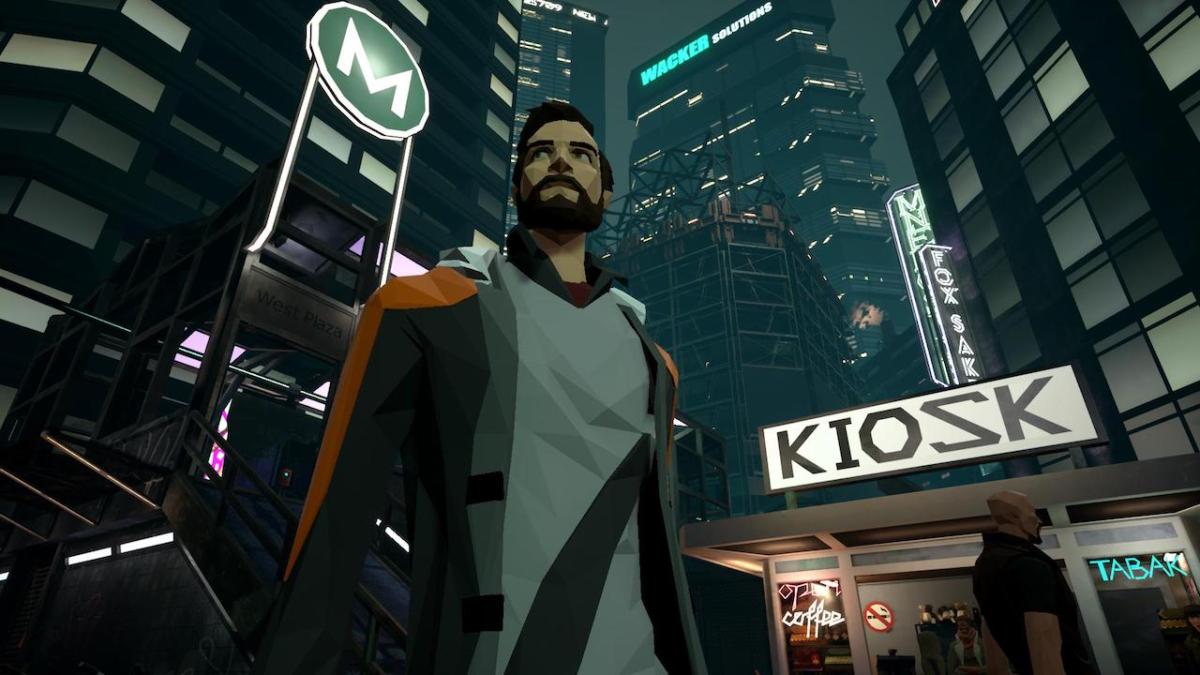

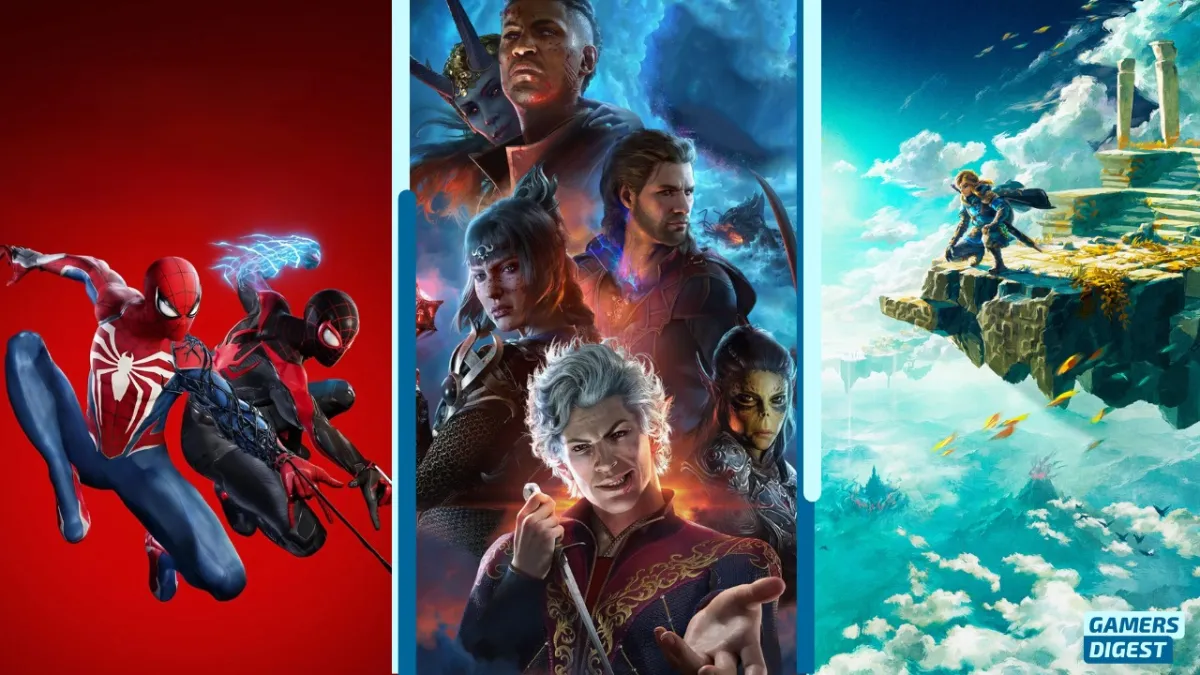
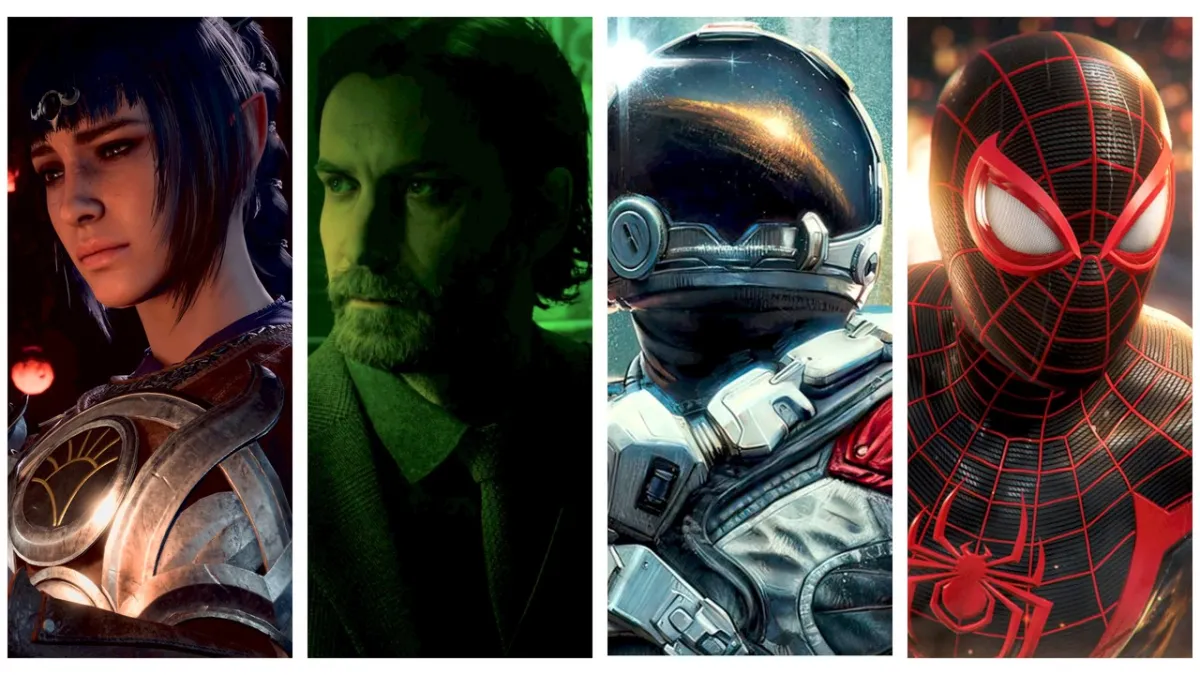

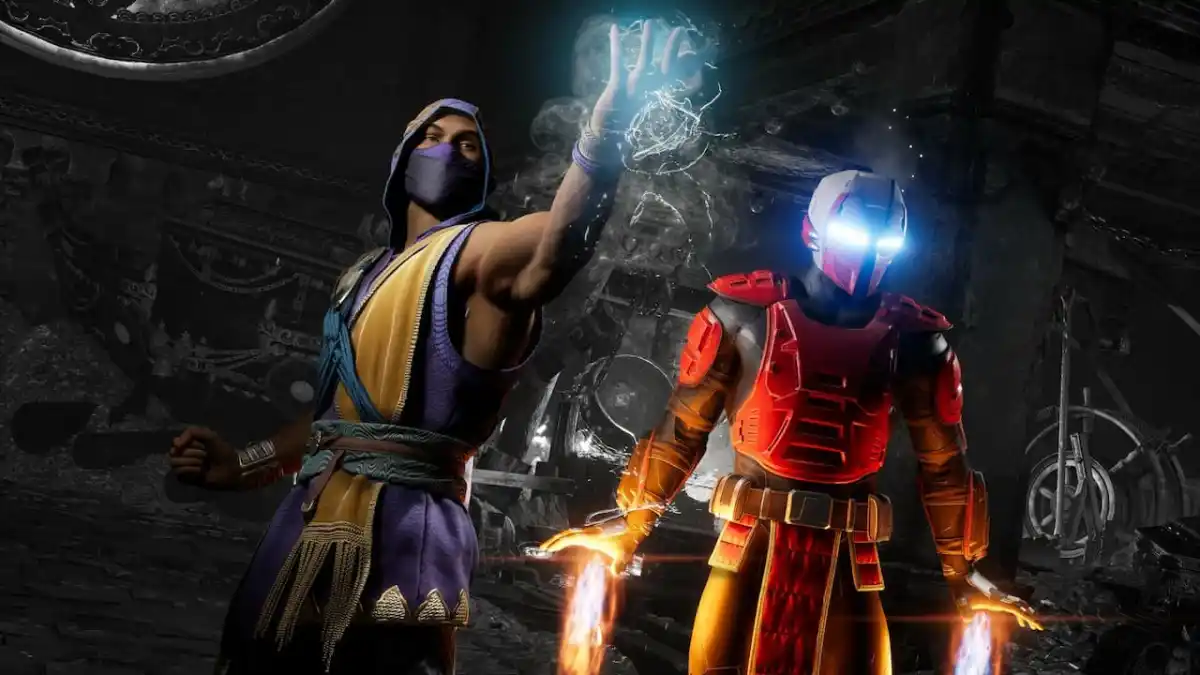
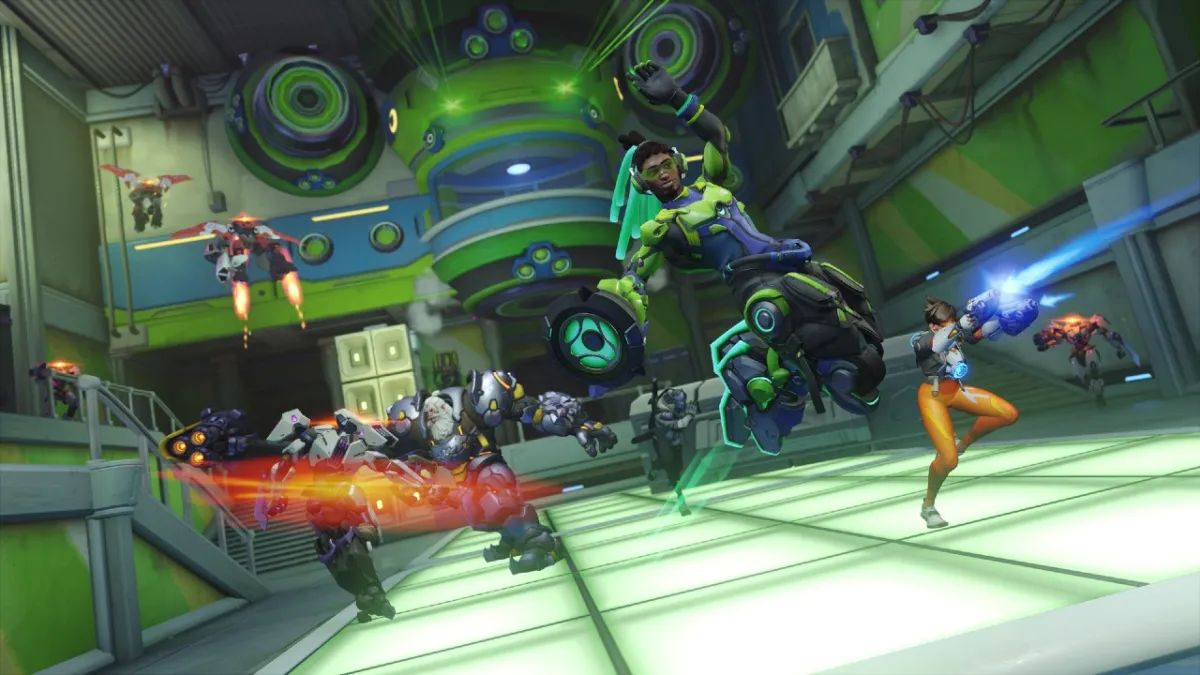


Published: Jun 14, 2018 11:38 pm